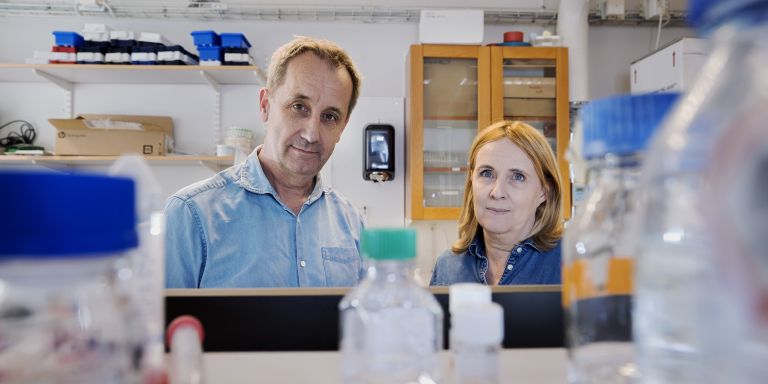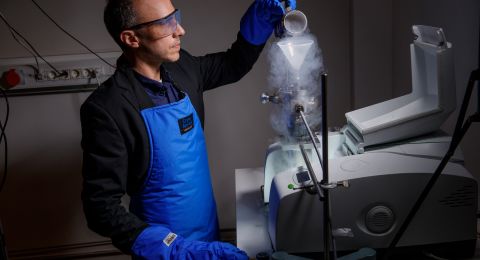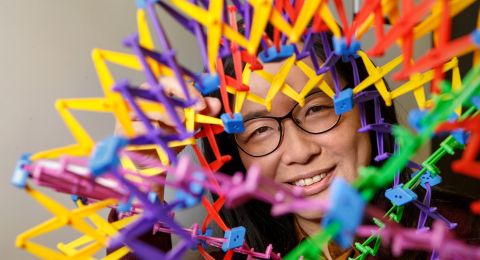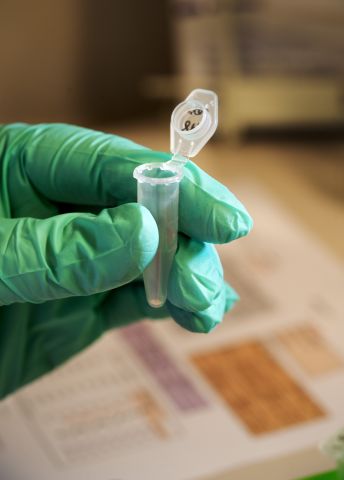
Project Grant 2024
Dynamic regulation of the mitochondrial gene expression network (MiGeNet)
Principal Investigator:
Professor Maria Falkenberg
Co-Investigators:
University of Gothenburg
Claes Gustafsson
Erik Larsson Lekholm
Martin Ott
Institution:
University of Gothenburg
Grant:
SEK 32 million over five years
Falkenberg’s fascination with mitochondria began nearly 30 years ago. Her long research career has given her vital insights into these small yet immensely important components of our cells.
Mitochondria are the powerhouses of the cells, converting what we eat into the energy our body needs. Uniquely, mitochondria have their own genetic material, mtDNA, completely separate from the DNA in the cell nucleus. But renewal of that DNA sometimes leads to disease if mtDNA transcription misfires.
Mitochondrial diseases are rare but very serious. Falkenberg’s research aims to achieve a full understanding of mitochondrial processes and what can go wrong, with a view to finding effective ways to stop or slow the progression of these diseases.
“There are currently no therapies that can affect the course of the disease, which is very tragic. Yet we know so much more than we did 30 years ago. Now we see the work we have done during that time has the potential to really make a difference – it’s clear that our research has come a long way,” says Falkenberg.
New Approaches
She is leading a project funded by Knut and Alice Wallenberg Foundation, adopting a new and relatively unexplored approach to the processes behind mitochondrial diseases. The research focuses on the fact that these diseases occur almost exclusively in organs and tissues where no new cells are formed, such as the heart, brain, nervous system and muscles. Systems where cells continue to regenerate throughout life, such as the immune and blood systems, are affected much less often – and the researchers want to understand why. Only when a cell has stopped dividing, but mtDNA renewal continues as normal, can mitochondrial diseases occur.
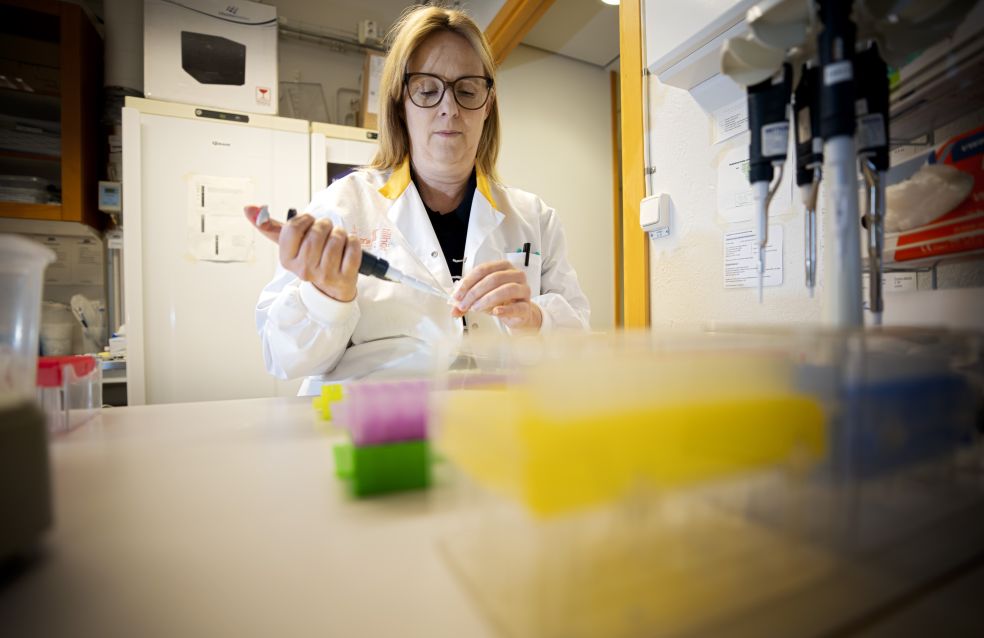
“We want to examine what happens during this transition – the shift that occurs when cells in fully developed organs and tissues stop dividing. If we can understand that process, then we can also better understand why mitochondrial diseases occur. Earlier research has examined how mitochondrial gene expression is reprogrammed at the point when cells shift from division to a resting state.. That’s why this project is so exciting,” says Claes Gustafsson, who heads one of the research teams in the project.
Protein a potential key
The research team has already made discoveries they describe as a breakthrough. They involve the kind of building blocks needed to construct mtDNA, which exist in abundance in the cell as long as it is still dividing. But when cell division stops, the number of building blocks drops sharply, while the mitochondria must continue to renew mtDNA.
“Under normal circumstances, the mitochondria can cope with this. But in certain cases, when specific mutations are present, disease can occur,” says Gustafsson.
One of the main reasons for the lower quantity of building blocks is that a particular protein, SAMHD1, whose task is to keep the number of building blocks low, is activated during the transition when cells stop dividing. The researchers have therefore focused on this protein – with promising results.
“If we manage to suppress the protein, more building blocks will remain, allowing mtDNA and mitochondrial energy metabolism to function much better. We have already seen good effects in experiments with cells from patients and in animal models, so we truly believe this project will be successful,” says Falkenberg.
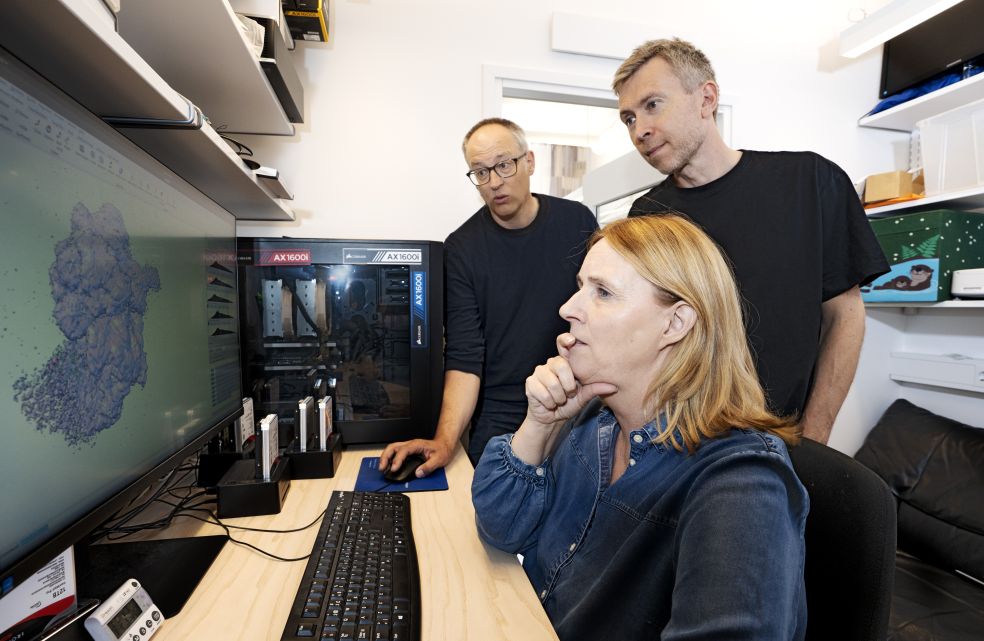
Significance for many diseases
The goal is to pave the way for drugs that are effective against mitochondrial diseases, with the possibility that they could also be of importance for age-related conditions such as Parkinson’s and Alzheimer’s, which are linked to mitochondrial dysfunction.
“This research discovery is based on 25 years of persistence that has finally got us to this point. This is often how research works: we gain growing awareness, discover new questions and gaps in our knowledge, which lead to new insights,” Gustafsson says.
“Our long-term work, together with the efforts of many colleagues in the field, now gives us the chance to explore new ways of supporting mitochondrial function. If we succeed, it could open new opportunities to help patients, which would be fantastic,” adds Falkenberg.
They emphasize the importance of close collaboration within the project. In total, more than 30 people are involved. The participants’ expertise covers all crucial aspects of the research.
In five years, when the project ends, they believe the team will have made significant progress in understanding mitochondrial diseases – and will be well on the way towards new drugs.
“We hope to be part of the development of the first experimental therapies during the period. It would be really gratifying if our research also yielded practical applications,” says Falkenberg.
Text Ulrika Ernström
Translation Maxwell Arding
Photo Johan Wingborg
